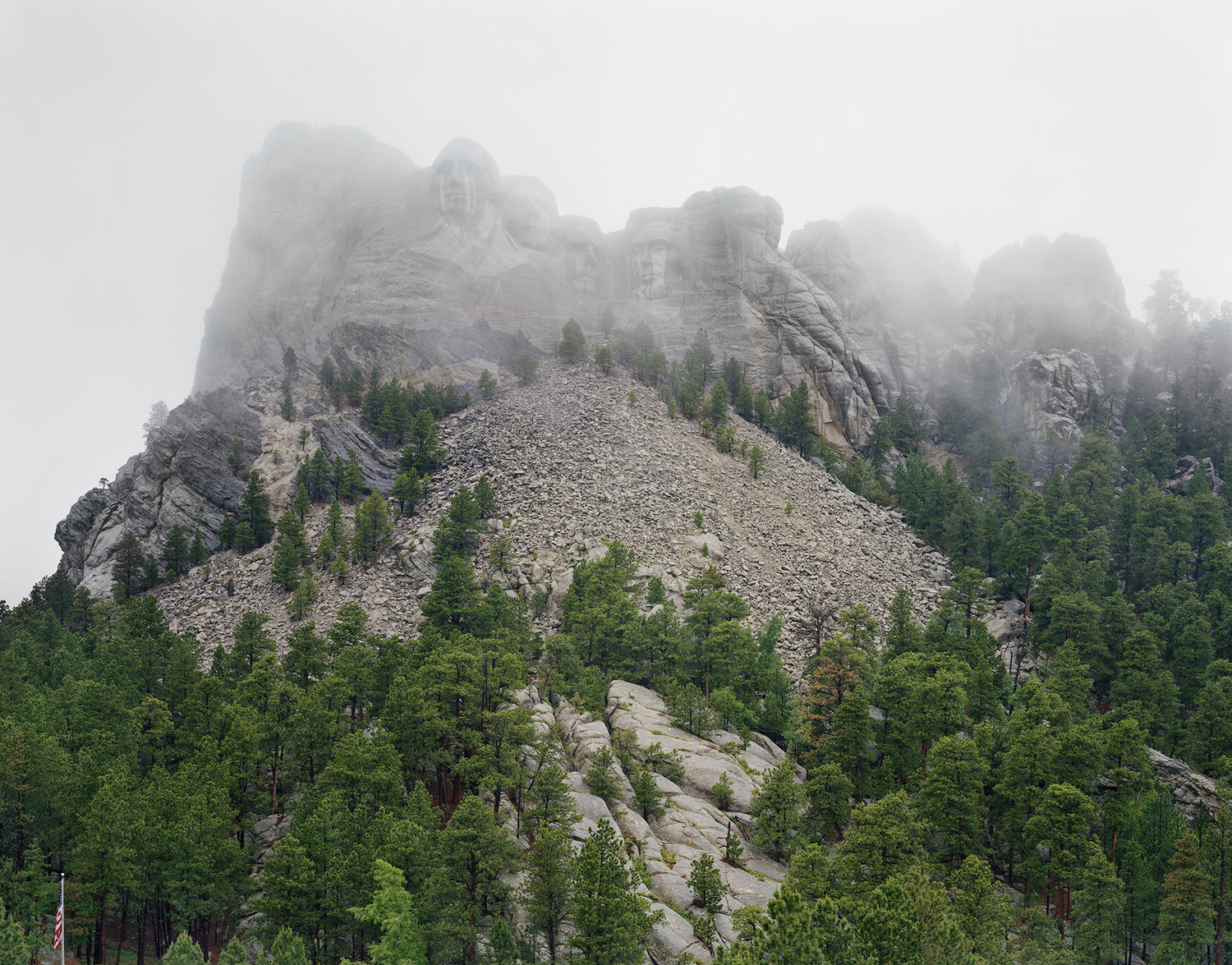Mitch Epstein
“Property Rights”
New York, 530 West 22nd Street
Property Rights is a vivid series of large format photographs made across the United States. In an era largely defined by issues of citizenship, immigration, and environmental degradation, Epstein frames the land itself as a charged site of both discord and unity.
Property Rights began in 2017, during Epstein’s visit to Standing Rock Indian Reservation in Sioux County, North Dakota. In resistance to the Dakota Access Pipeline and the threat of contamination of primary fresh water sources, protest camps were set up along the pipeline route by a coalition of indigenous tribes from across the Americas and “water protectors” from around the world. Similar pipeline protests occurred in the same year in other parts of the country. Epstein subsequently photographed in Lancaster and Huntington, Pennsylvania, where local residents formed a coalition against energy companies profiting off the land at the community’s expense by way of eminent domain.
Mount Rushmore National Memorial / Six Grandfathers, South Dakota 2018, 2018 Chromogenic print
Meanwhile, In the Southwest United States, tensions along the border of Mexico and the US have only continued to increase under the current administration’s policies. Epstein photographed at the border towns of Nogales and Bisbee, Arizona, and El Paso, Texas. Between vigilante border patrol and refugee activists, these towns have become the focal points of opposing agendas regarding the relationship between citizenship and land.
Property Rights intersperses these images of conflict and resistance with sweeping photographs of some of the United States’ most iconic National Monuments. With the recent rollback of federal protections, many of these Monuments are currently vulnerable to damage, as the government allows corporations to exploit them.
Characterized by Epstein’s perceptive gaze and striking use of color, Property Rights presents the current relationship between humans and natural land as one fraught with contradictions. Land can be a site of resistance, of community, of tension, and of deep reverence for the natural world; above all, the dignity of land is inexplicably tied to the communities and individuals who inhabit it.







